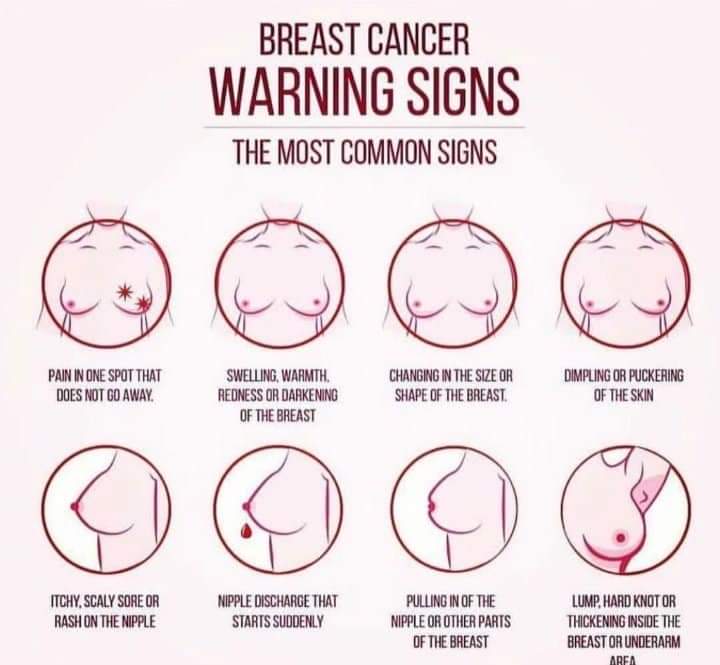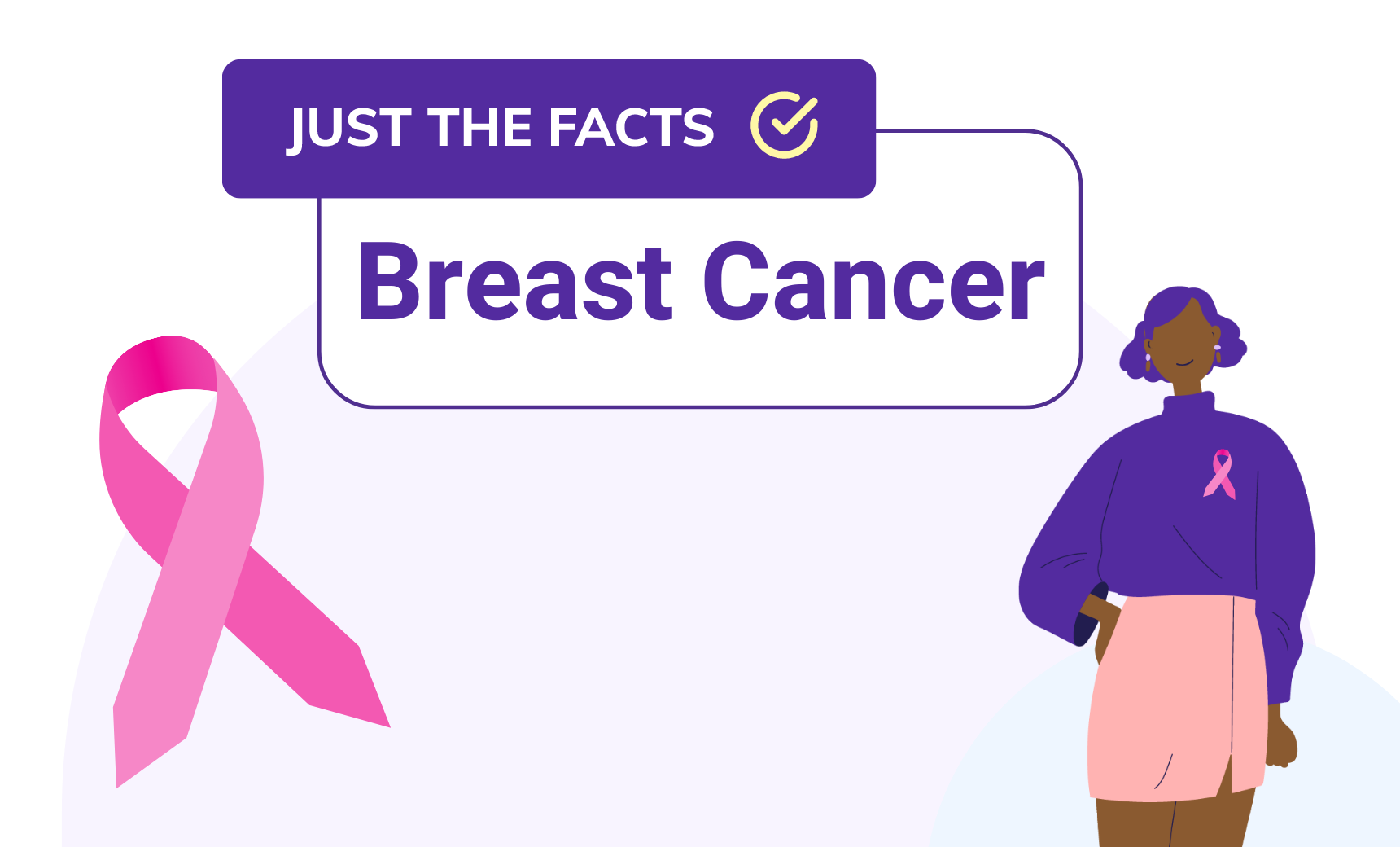
Early Signs of Breast Cancer
In our previous blog, we discussed the different types of breast cancer. However, it should be cautioned and stressed the importance of early detection regardless of its kind. According to the CDC, breast cancer is the number one fastest-growing cancer and the second most common cause of death from cancer among women in the United States (not including skin cancer). With cancer, the earlier you treat it, the better likely the outcome will be. Therefore in this piece, we will focus on early signs of breast cancer in the event one is observed, so the proper course of action can be taken.
What is Breast Cancer?
Before we get into early signs, let’s review precisely what breast cancer in case you might’ve forgotten. In general, cancer is a condition where normal cells fail to stop dividing and grow uncontrollably. Our DNA has a gene where it “stops” cellular growth and a DNA repair gene, which actually prevents cancer called “Tumor Suppressor Genes”. When Tumor suppressor genes are inhibited, defected, or mutated is when cancer is likely to occur. For each organ, there are tumor suppressor genes that correspond with it. In breast cancer, the tumor suppressor genes that are associated are called BRCA1 + 2.
What are the early signs of breast cancer?
Since there are different types of breast cancer, each one can present differently. Regardless of the sort, here are the general signs one should caution themselves to observe and note. The classic and hallmark sign of breast cancer is a breast mass. Usually, they’re observed and felt during a self-breast examination upon which a doctor’s appointment should be made for further evaluation.
A breast mass can either be two things: benign or malignant. When a group is benign, it should not be a cause for concern since it will remain localized in the region. They can be either solid, cystic, or complex (cystic mass with solid components). A malignant mass is typically presented as a solid or complex cyst. An observed breast mass evaluation requires a systematic approach to history, physical examination, and radiographic imaging studies to ensure a correct diagnosis. Benign masses can also be easily treated with surgery.
More advanced stage cancer signs include enlarged lymph nodes in the armpit or skin findings such as reddening of the skin, thickening, or dimpling of the overlying skin resembling an orange peel. These signs are suggestive of a specific type of cancer called inflammatory breast cancer. Symptoms of Invasive Ductal Carcinoma (IDC) can present with bleeding from the nipple. IDC begins in the breast duct lining, where it advances into the breast duct, which is why it shows this way. The most advanced form of breast cancer is metastatic. This type is dependent on the organs involved, with the most common sites being the bone (e.g., back or leg pain), liver (abdominal pain, nausea, jaundice), and lungs (e.g., shortness of breath or cough). Any sign or symptom that generally affects these organ systems is typically associated with metastatic breast cancer. However, diagnostic screening should be conducted long before cancer signs reach this stage.
Early detection is of vital importance when it comes to breast cancer. The earlier you can treat it, the better the outcomes can be. Mammograms are an essential tool for doctors to diagnose breast cancer. If you or a loved one suspects breast cancer, please book a screening Mammogram with LabFinder by clicking here. LabFinder offers various medical tests with a secure patient portal that seamlessly integrates results from any lab or radiology imaging center in our system.




Andy Alem
The LabFinder Editorial Team is behind The Illuminator and The Insider, LabFinder’s consumer and business blogs.
Dr.Robert Segal
Dr. Segal is CEO and co-founder of LabFinder, as well as a board-certified cardiologist. He began practicing medicine in 2002 and has founded several businesses, including Medical Offices of Manhattan and Manhattan Cardiology.